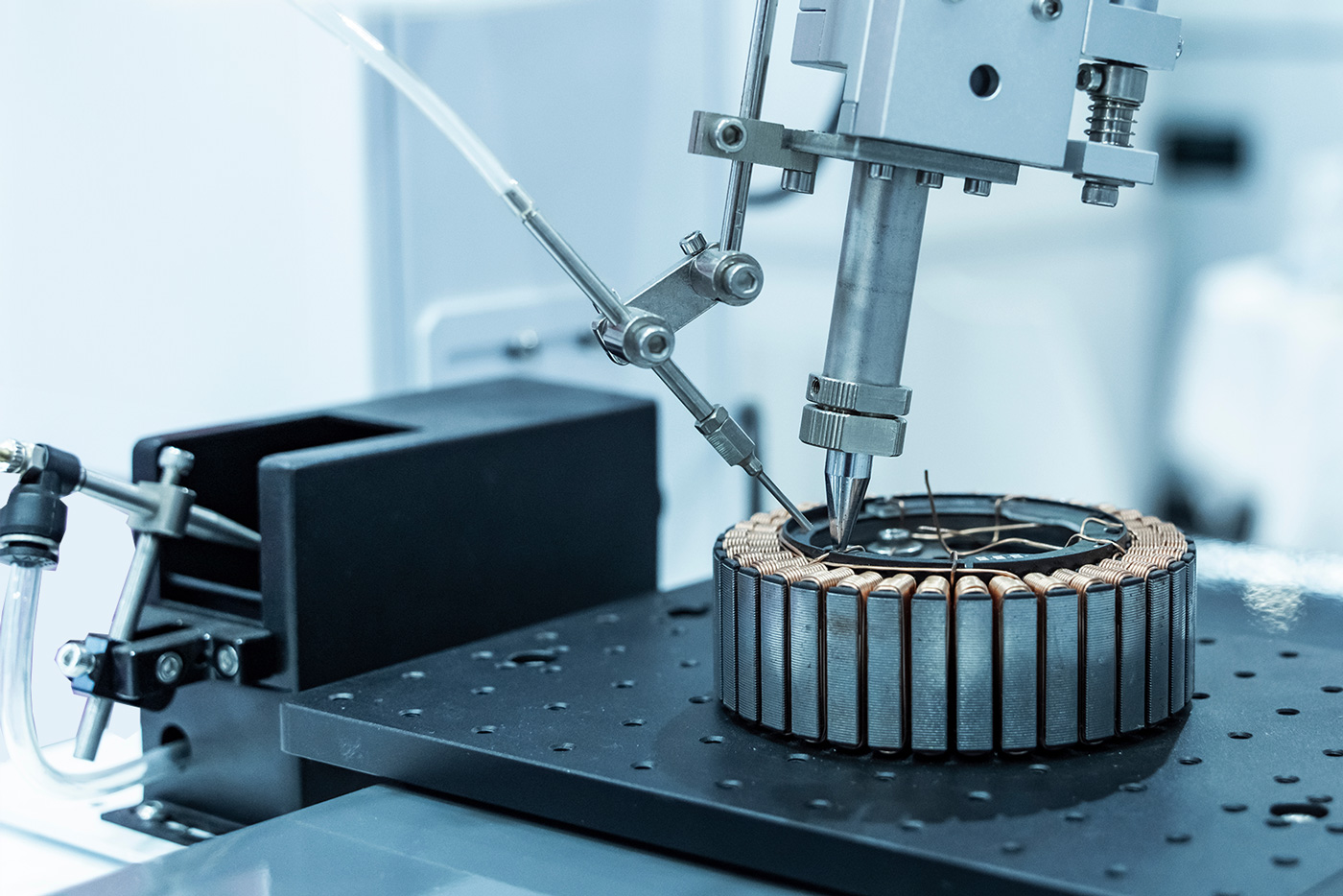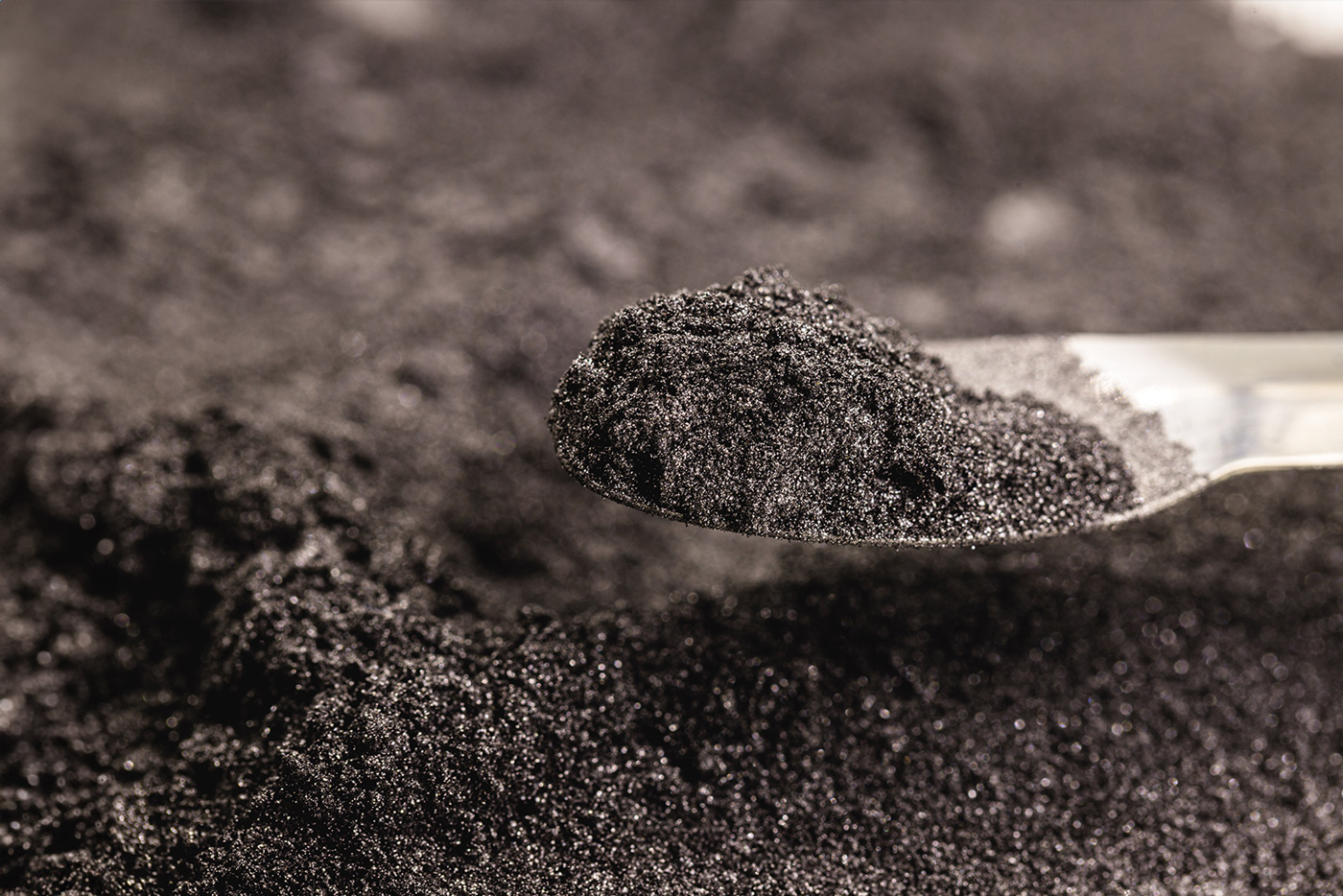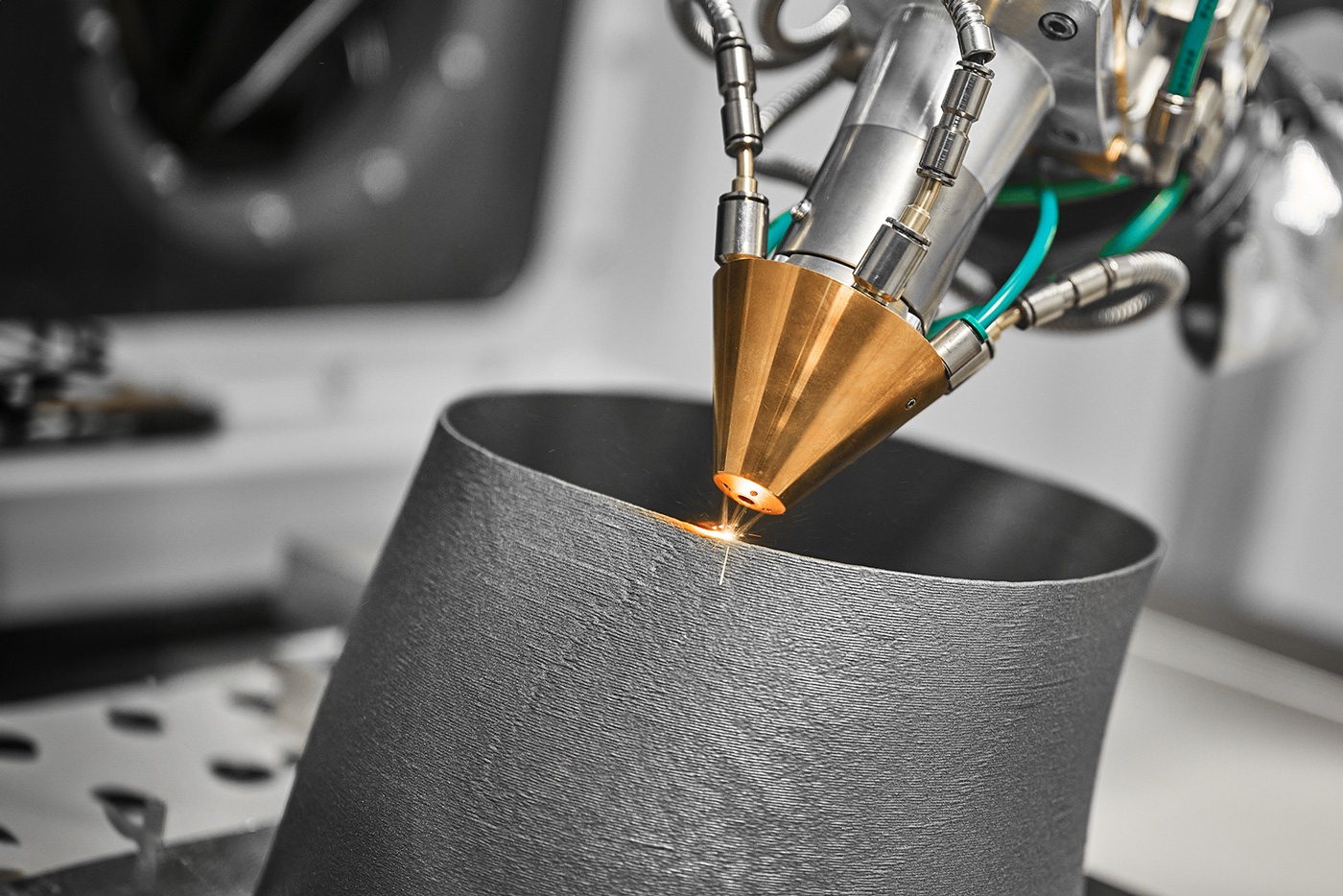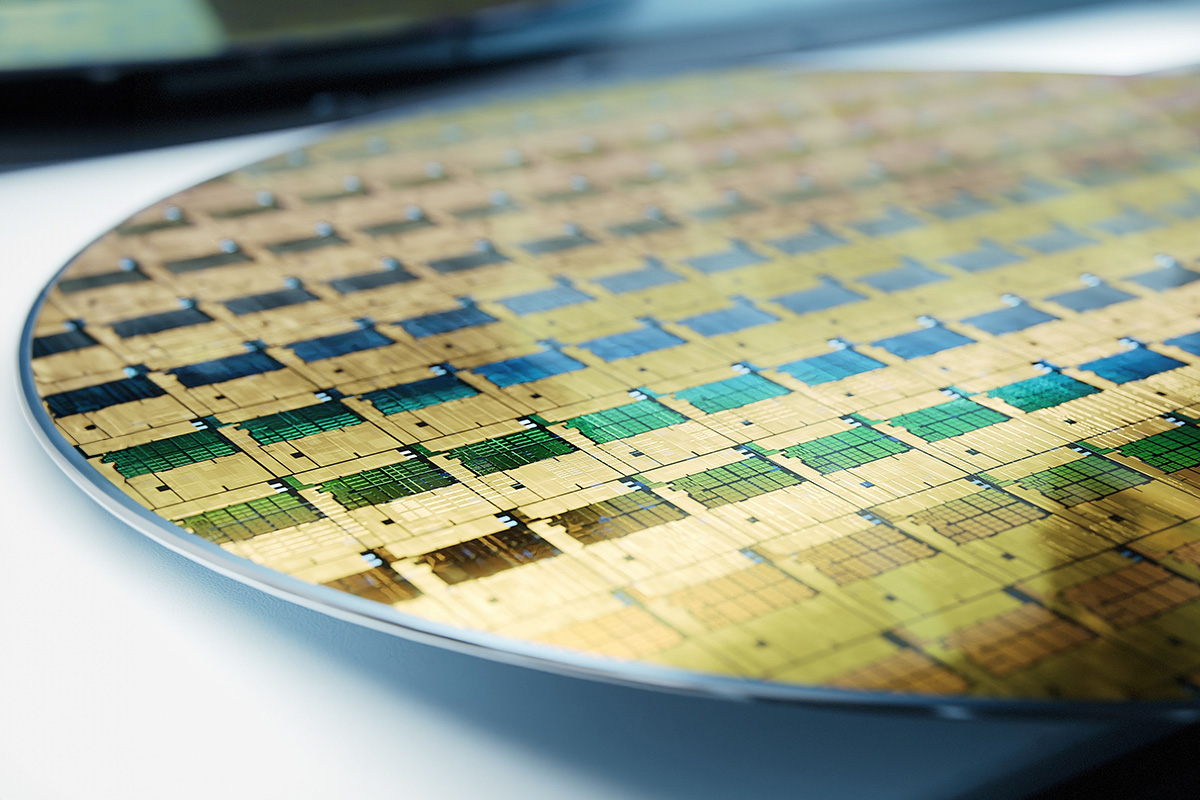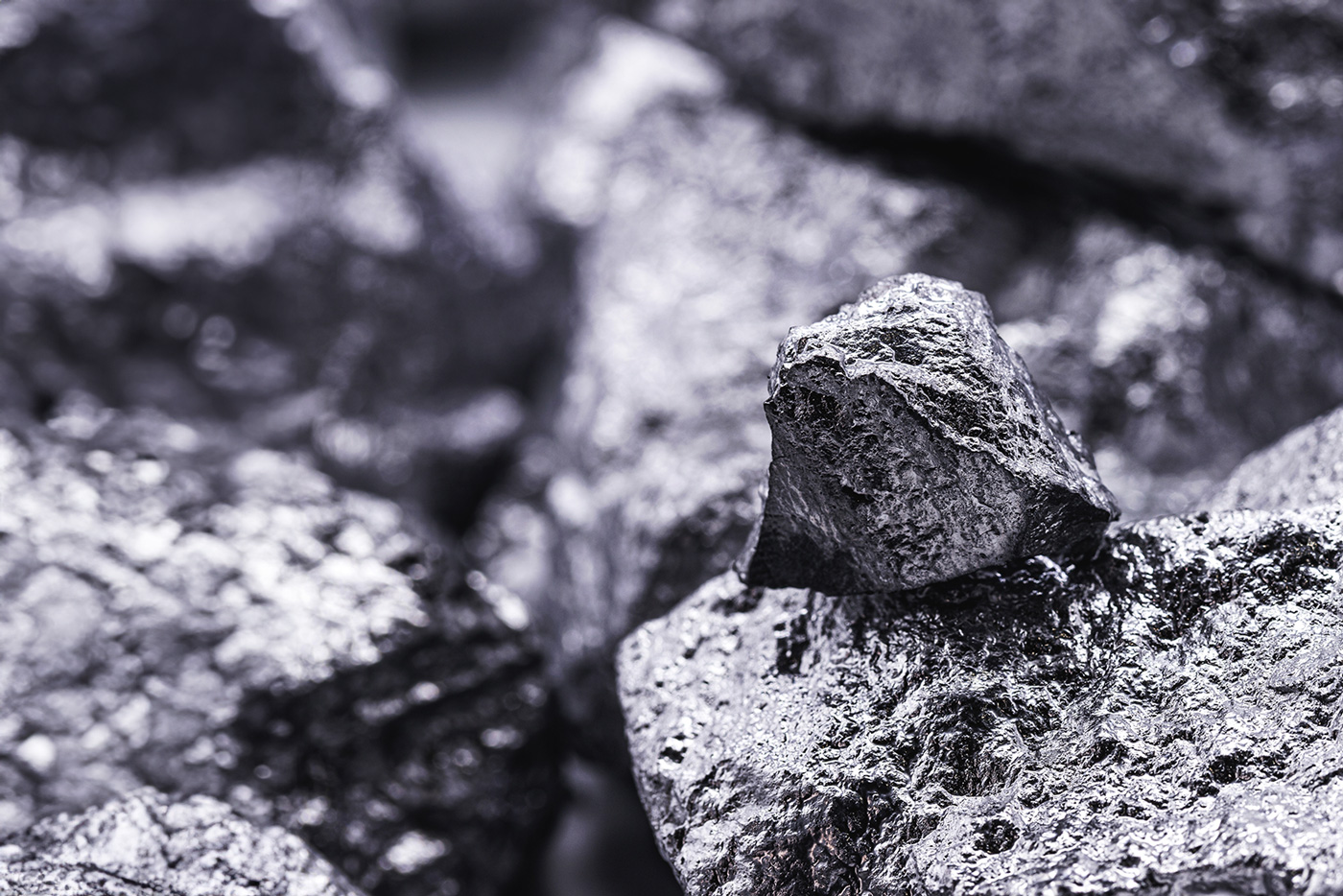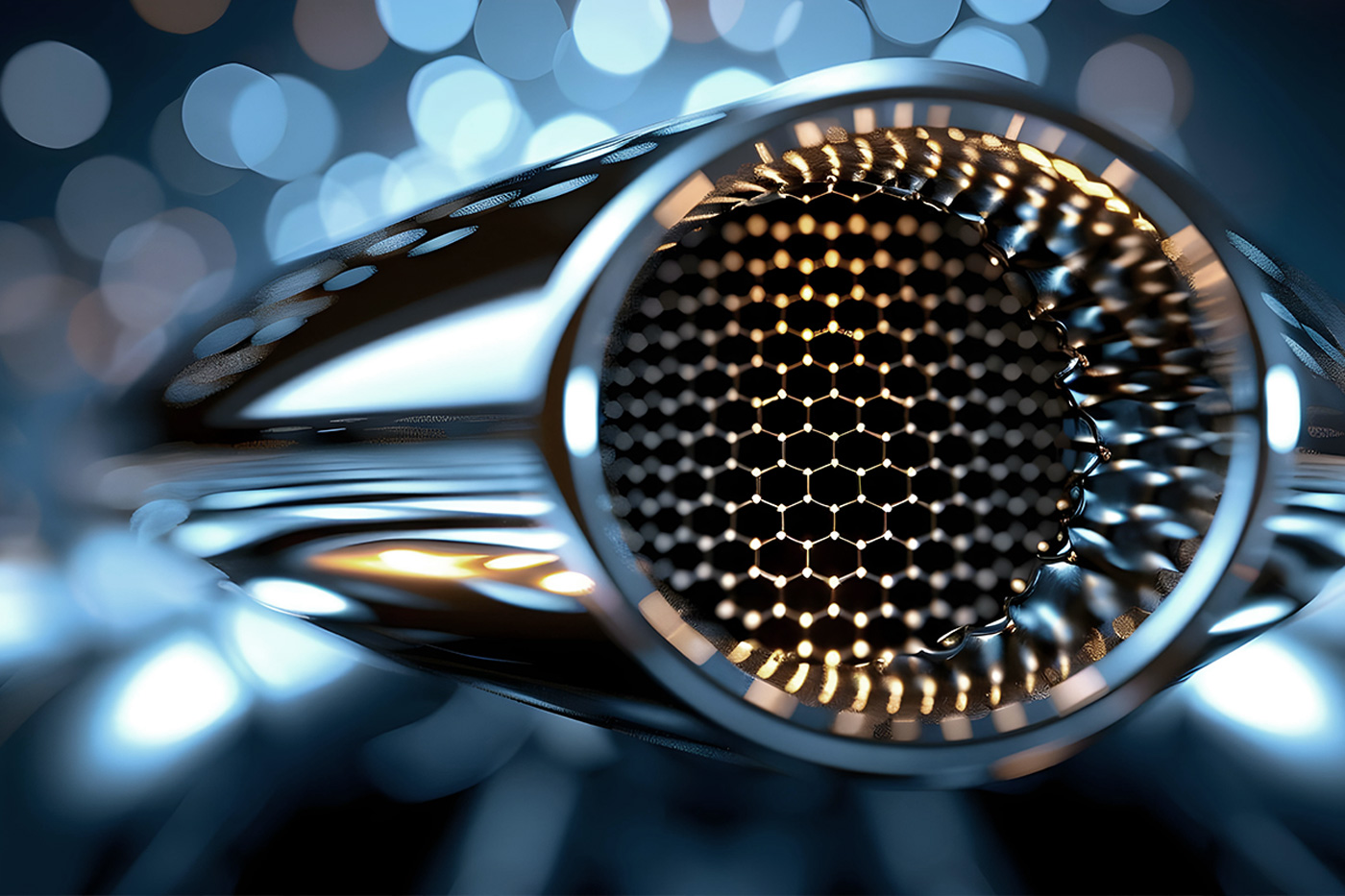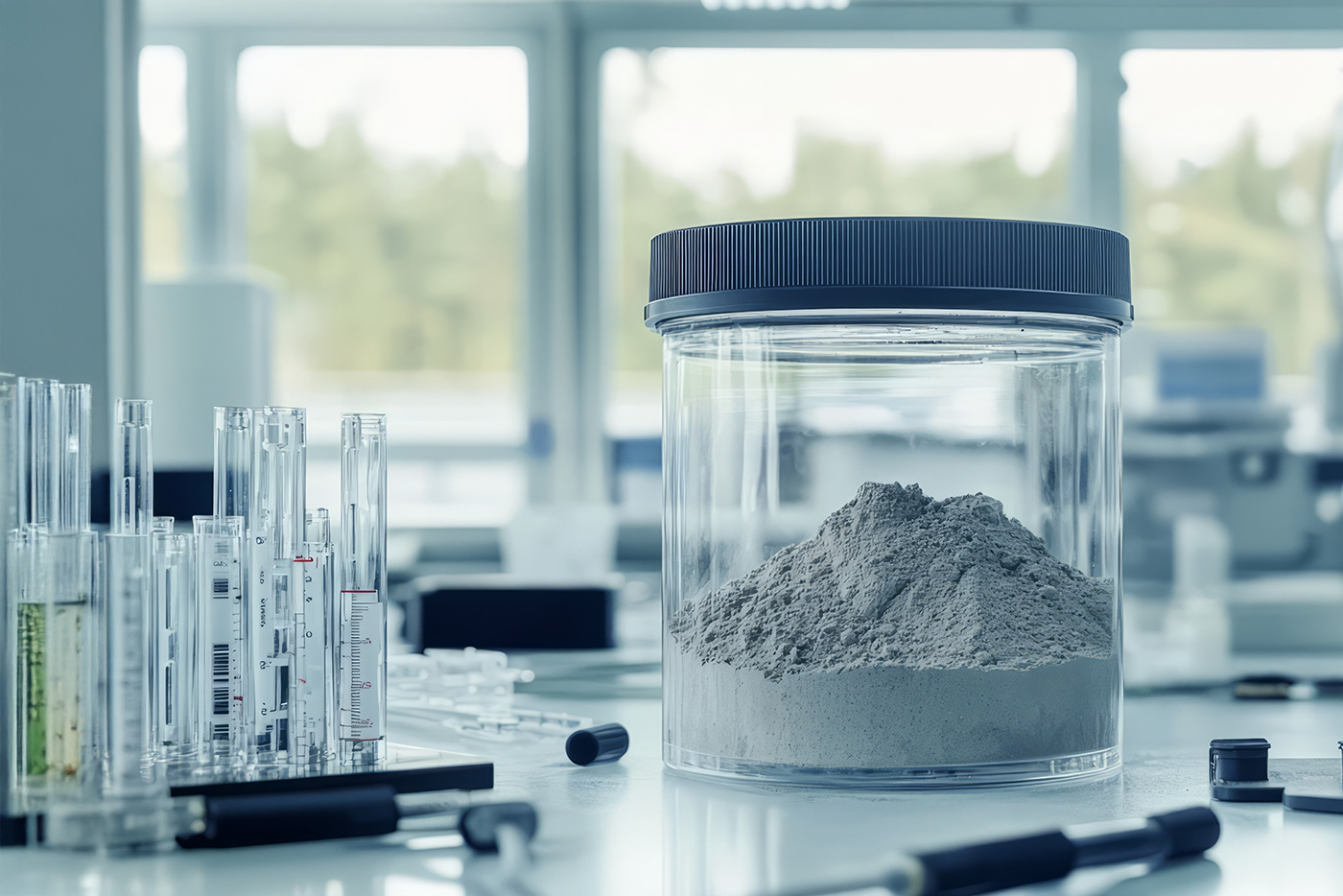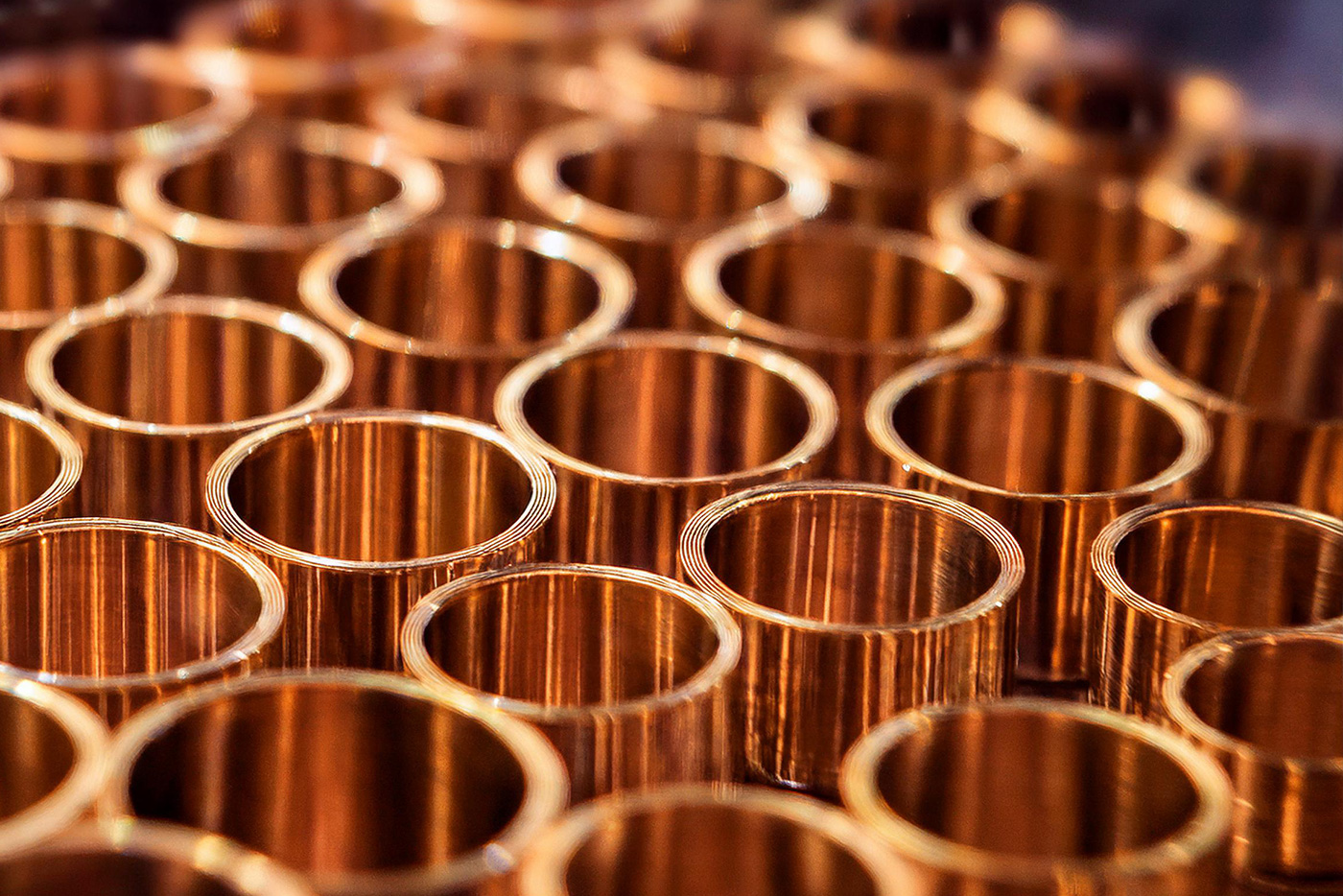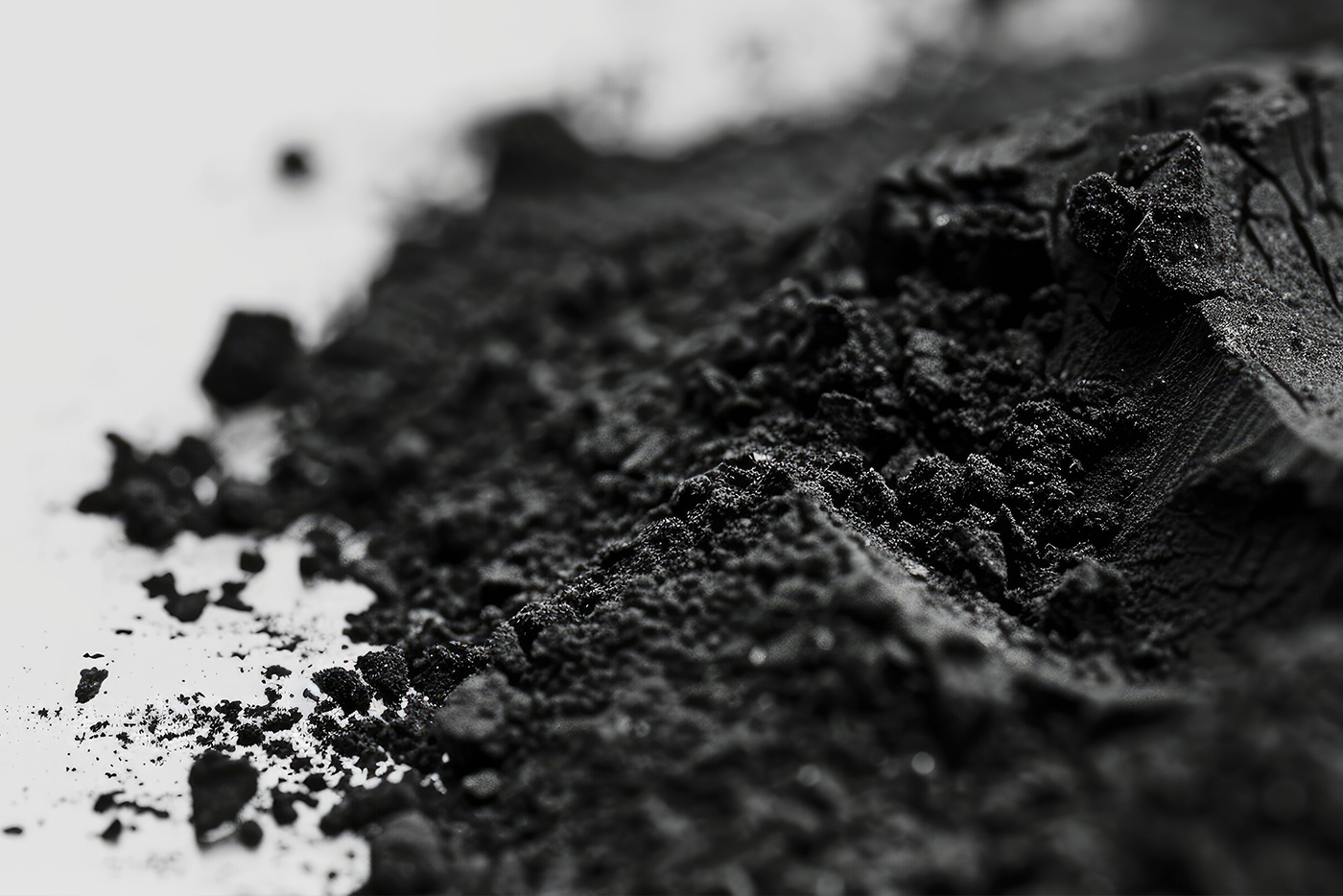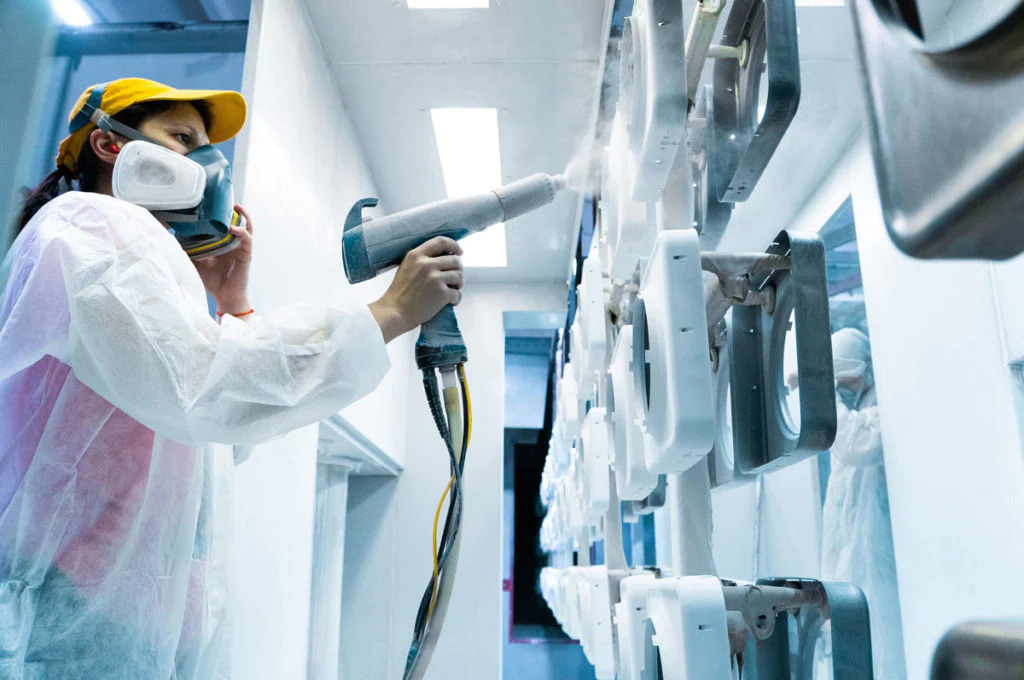Painted, powder-coated or galvanised? UV-resistant, waterproof or nice and shiny? Surface coatings are available in a wide range of variations and are an integral part of everyday industrial life. But how do you find the perfect coating for your production or your latest development? We can help you make the right decision.
Surface coatings: Real all-rounders
Some materials can already fulfil all the requirements placed on them in their pure form. Others need a little help - for example in the form of a surface coating. Coating in the narrower sense is a complementary process. Manufacturing process according to DIN 8580. Coatings can fulfil various tasks, consist of different materials and come in different thicknesses. Some have a purely visual benefit and ensure that a workpiece looks particularly good. Much more important, however, are Functional surface coatingswhich give the corresponding parts additional properties.
With the large number of coating types that are used, there are virtually no limits to the wishes and ideas of producers and users. However, not every surface coating is equally suitable for every purpose.
What characterises suitable surface coatings?
The perfect surface coating is the one that best fulfils your individual requirements. In order to make the right choice, at least three aspects should be considered in advance.
1. they can be easily integrated into the production process
Coating a workpiece of any kind is always an additional work step that is either integrated into the process from the start or has to be added later. This raises the question of which surface coating method is best suited to the process and the workpiece. One way of categorising the various coating processes is to differentiate between the aggregate state of the coating material:
| Gaseous coating material | Liquid coating material | Loosened coating material | Solid coating material |
|---|---|---|---|
| Physical or chemical vapour deposition | Lacquering, painting, plasticising, enamelling, dip coating | Chromating, galvanising, tin-plating, nickel-plating, electroplating, phosphating, sol-gel process, anodising | Powder coating, brazing, build-up welding, whirl sintering, sputtering, thermal spraying |
Other categorisations distinguish between chemical, mechanical, thermal and thermoplastic processes. Some of these processes can be easily integrated into a wide variety of processes, while others require a little more preparation and investment. And: Not every substrate can be coated with every process. Anyone who wants to solder plastic, for example, will very quickly look for alternatives.
2. you fulfil all requirements
In addition to the application of the surface coatings, the final properties are of course at the centre of the selection process. There are two categories here: The quality of the coating itself and the specific properties.
Quality of surface coatings
Three parameters can be used to assess the quality of a surface coating, as different results are desirable depending on the area of application. The decisive factors are above all
- Adhesive strengthHow well does the coating adhere to the substrate?
- Layer thicknessHow thick is the coating applied?
- Resistance to ageing and corrosionHow well and how long does the coating last?
Properties of surface coatings
Surface coatings are true all-rounders. With the right coating, the properties of the substrate material can be enhanced or supplemented with desirable aspects. These include, for example
- Visual design
- Scratch resistance
- Sliding ability/frictional resistance
- Corrosion protection
- Oxidation protection
- Radiation protection
- Temperature resistance
- Thermal conductivity
- Electrical conductivity/resistance
Finishing materials such as metals or plastics with a surface coating offers various possibilities, because Many coatings fulfil several wishes at once. A tin coating, for example, impresses with its elegant, silvery-white appearance, good conductivity and high temperature resistance, which are in demand in the automotive sector or for household appliances, among others.
3. they fit the area of application
As described, surface coatings are used in various areas. This leads to another important decision criterion: Because even if the coating is intended to fulfil the same purpose, completely different materials can be used. For example, a coating for an artificial joint that is intended to increase gliding properties must be biocompatible and generally harmless to the body. On the other hand, a certain degree of lubricity is also desirable when using a ball joint in drive technology. Here, however, it does not have to be the often more expensive biocompatible surface coatings in order to fulfil this task.
Get the most out of it with the right coatings
Whether it's simple painting with a spray gun or powder coating with metal powders in several steps: surface coatings are part of everyday life across all sectors, from the woodworking industry to medical technology and aerospace, in order to get the maximum out of components and products. As is so often the case, there is no such thing as a universal solution. In order to find the perfect surface coating, it is important to clarify as precisely as possible which requirements arise from production, budget, substrate material, desired properties and area of application. Then you can make an informed decision in favour of the right coating and benefit from it in the long term.
